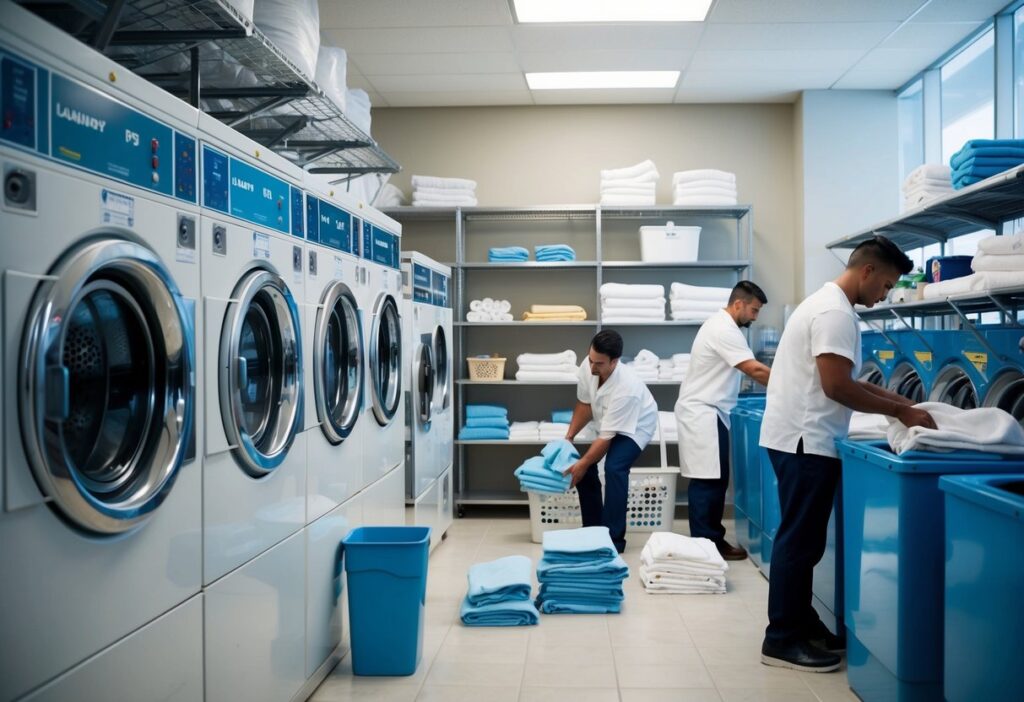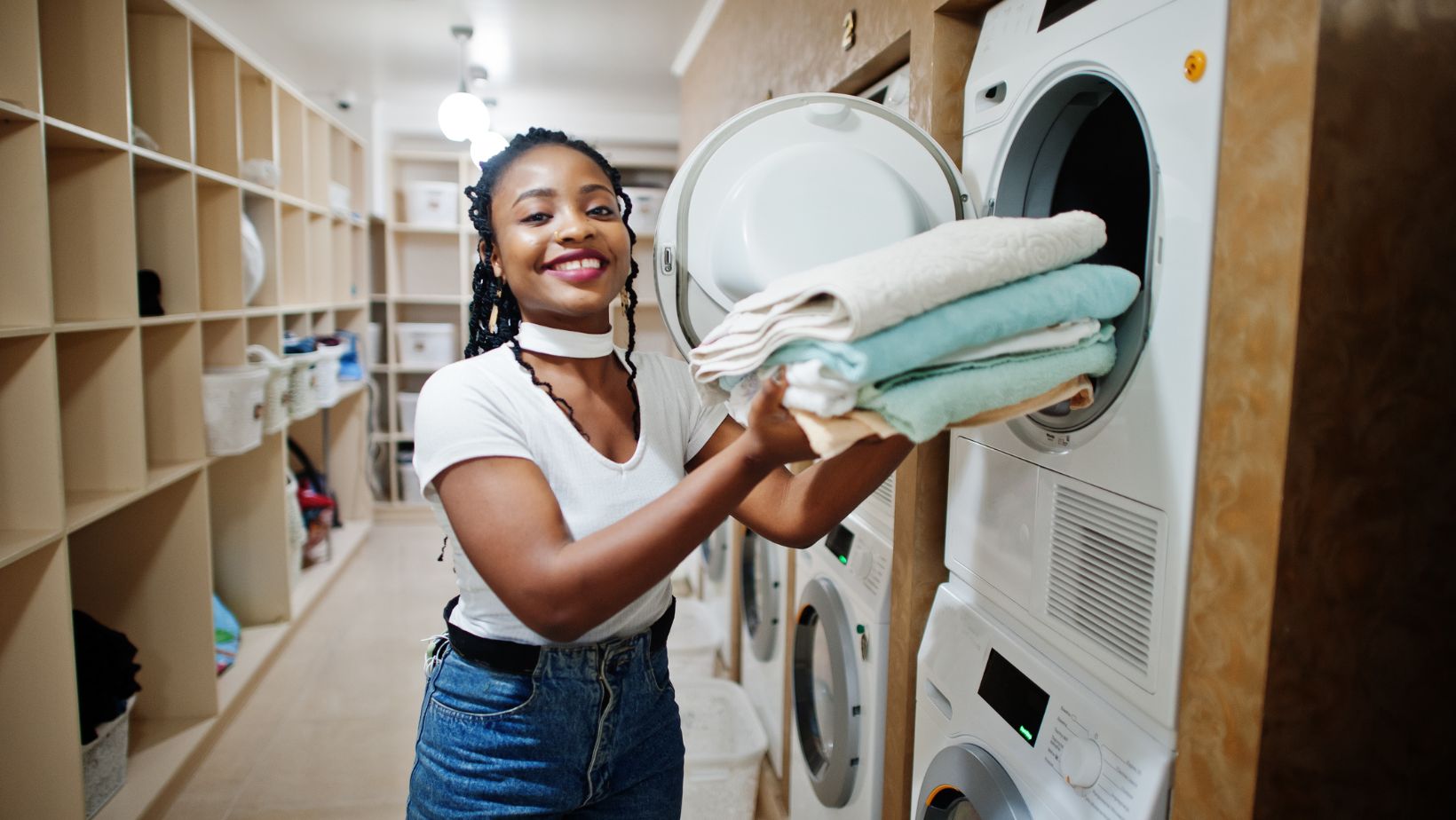
Choosing the right laundry equipment for a business can significantly impact its efficiency and success. Understanding the specific needs of the business is crucial for making informed decisions about the types of machines, volume of laundry, and overall workflow. Every laundry operation has unique requirements, from commercial laundries to smaller businesses, and recognizing those needs is the first step in the selection process.
Investing in high-quality equipment not only enhances productivity but also minimizes operational costs over time. The right machines offer features that align with the business’s goals, whether it’s energy efficiency, high capacity, or advanced technological capabilities. Making the right choice can transform laundry operations, ensuring they meet client demands effectively.
In this guide, readers will find essential insights into selecting the best equipment tailored to their specific business requirements. Key considerations such as budget, space, and the types of services offered will be explored to help streamline the decision-making process.
Understanding Your Laundry Equipment Needs
Determining the right laundry equipment requires careful evaluation of various factors. Identifying business scale, comparing equipment types, and considering efficiency and sustainability are critical components in this process.
Evaluating Business Scale and Laundry Load
The first step in choosing laundry equipment in New York is assessing the scale of the business and typical laundry loads.
A small boutique may need basic washers and dryers, while a large commercial laundry facility requires industrial-grade machines.
Factors to consider include:
- Type of Business: Hotels, gyms, and restaurants have different laundry demands.
- Load Volume: Calculate the average daily laundry weight. This will inform the capacity needed.
- Frequency of Use: Determine how many cycles are run per day. Higher usage necessitates more robust equipment.
Choosing equipment that matches business scale ensures efficiency and mitigates premature wear.
Comparing Laundry Equipment Types
There are several types of laundry equipment available, each suited for different applications. It is essential to compare the features and benefits of each type.
- Front-load Washers:
- Energy-efficient.
- Gentle on fabrics.
- Top-load Washers:
- Easier to load and unload.
- Typically have faster wash cycles.
- Industrial Washers:
- Designed for high-capacity loads.
- Built for longevity in commercial settings.
Taking the time to analyze these options ensures the selection of optimal equipment type tailored for specific business needs.
Efficiency and Sustainability Considerations
Modern laundry equipment considerably impacts operational costs. Efficiency improvements can lead to significant savings in water and energy bills.
Key elements to evaluate include:
- Energy Rating: Look for machines with high energy efficiency ratings.
- Water Usage: Systems that recycle water reduce waste and costs.
- Eco-Friendly Features: Machines that utilize less detergent and have lower carbon footprints are beneficial.
Investing in energy-efficient equipment not only saves money but also supports sustainability initiatives.
Selecting and Purchasing Your Equipment
Choosing the right laundry equipment involves careful planning and consideration of various factors. Attention to the selection of providers, budgeting, and installation will enhance operational efficiency and ensure long-term satisfaction.
Identifying reliable laundry equipment providers is crucial. Businesses should focus on local suppliers in New York who understand regional needs and regulations. A solid provider will offer a range of equipment, including washers, dryers, and related accessories tailored for commercial use.
Look for providers that offer demonstrations and have positive customer reviews. Establishing a relationship with equipment manufacturers or distributors can facilitate better pricing and after-sales service. Consider warranties and support options available for each machine, as these can significantly impact future maintenance costs.
Financial Planning and Budget Management
A well-defined budget is vital in selecting laundry equipment. Companies should consider both initial costs and long-term expenses, such as energy consumption and maintenance.
This breakdown can aid in making informed decisions. Businesses may also explore financing options or leasing agreements to alleviate upfront costs while maintaining cash flow.
Installation and Maintenance Planning
Effective installation and ongoing maintenance are vital for equipment longevity. Establish an installation timeline that aligns with business operations to minimize downtime.
Follow these steps for successful installation:
- Site Preparation: Ensure the designated space meets equipment requirements.
- Professional Installation: Hire skilled technicians familiar with commercial laundry setups.
- Routine Maintenance: Schedule regular service checks to maintain equipment efficiency.
Creating a maintenance log for each machine will help track service history and anticipate future needs. Proper attention to installation and maintenance will help avoid costly repairs and ensure optimal performance.














